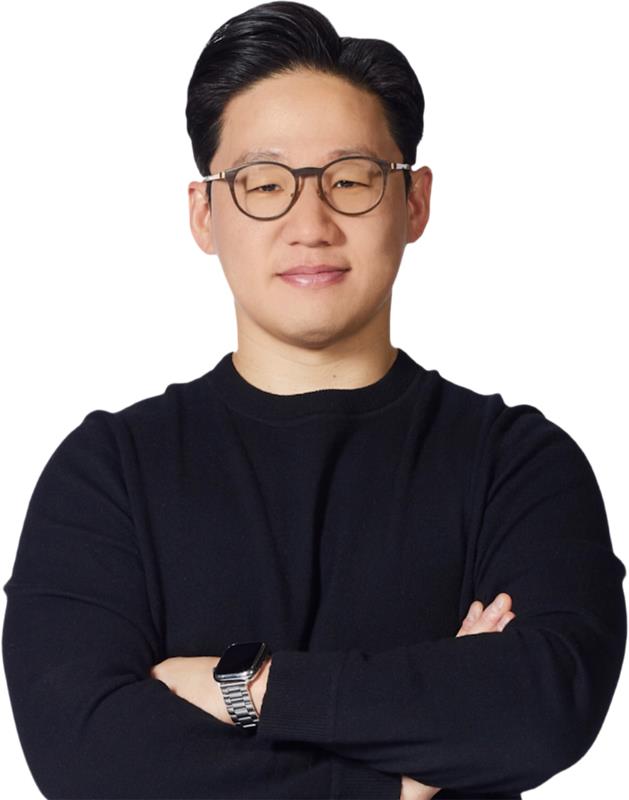Artificial intelligence is reshaping how we understand, detect, and treat cancer – and few companies embody that transformation more than Lunit. As the company unites cutting-edge AI with predictive insights to create a truly connected breast health ecosystem, we sat down with Brandon Suh, CEO of Lunit, to discuss the future of AI in medical imaging, what health systems still overlook, and how Lunit is redefining the standard of cancer care worldwide.
Lunit has rapidly evolved from a pioneering AI startup to a global leader in cancer detection. How do you see the role of AI shifting from assisting radiologists to transforming the entire diagnostic ecosystem?

Brandon: We’re entering a new phase of AI adoption – where AI no longer just supports radiologists but becomes an essential part of healthcare itself. When we first introduced Lunit’s AI, the focus was on improving accuracy and efficiency in image reading. That was an important first step. The true value of AI, however, is in connecting data across the entire diagnostic journey, from image acquisition and analysis to personalized treatment decisions.
This is where the integration of Lunit and Volpara becomes truly transformative. Together, we can create a complete, intelligent ecosystem that spans the full breast imaging pathway, from risk prediction and screening to diagnosis and follow-up. By combining Volpara’s data on breast density and image quality – already trusted by more than 2,000 hospitals and imaging centers across the United States – with Lunit’s AI for lesion detection, characterization, and now risk prediction powered by Prognosia, a breast cancer risk prediction model designated by the FDA as a Breakthrough Device, we’re building a continuous feedback loop. It’s one that gives clinicians deeper, more actionable insights.
Ultimately, this isn’t just about detecting cancer earlier. It’s about rethinking how we predict, detect, and manage breast health as a connected, data-driven continuum.
As AI adoption accelerates, what do you think many buyers or health systems still get wrong – or overlook – when evaluating AI solutions?
Brandon: I often see hospitals treat AI as a plug-in, something they can simply buy and deploy like a one-time software upgrade. However, AI evolves over time and must be integrated into daily workflows, validated in real-world settings, and improved through continuous feedback.
The most successful institutions understand this. They see AI as a long-term partner rather than a one-time purchase. They look beyond and ask questions like, “How will AI integrate across our network?”, “How will it integrate with our PACS and EHR systems?”, “How will it help us improve outcomes over time?” These strategic questions enable lasting change instead of temporary solutions.
Looking ahead five years, what will define success for AI in medical imaging? And what role do you want Lunit to play in that transformation?
Brandon: Success won’t be measured by how many AI models are FDA-cleared, or how many hospitals are using them. It will be measured by impact. Are we supporting the early detection of cancer? Are we reducing variability in care? Are we improving patient outcomes at scale?
At Lunit, our goal is simple yet ambitious: to make AI the new standard for the entire cancer journey. We want every patient to benefit from the same level of precision and insight.
Looking ahead, we’re exploring directions that could further expand the role of AI in medicine. Efforts such as whole-body AI MRI and a foundation model-based platform have the potential to upgrade today’s applications and reshape how diseases are diagnosed, monitored, and treated.
Five years from now, I hope we’ll look back and see AI not as a separate technology, but as a natural extension of medical practice, quietly empowering clinicians, improving accuracy, and expanding equitable access to life-saving diagnostics worldwide.
Learn more about how Lunit are transforming the future of breast cancer care with AI – visit them at Booth #4100, South Hall.
